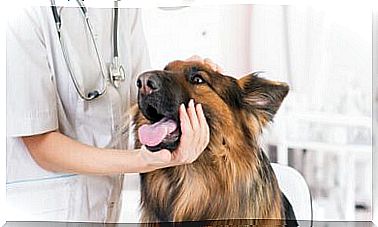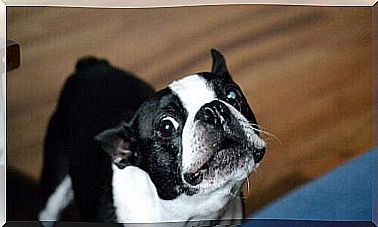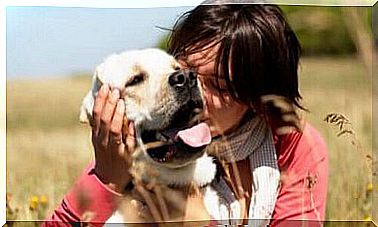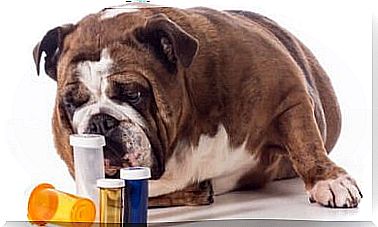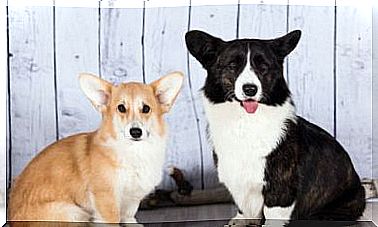Hair Change In Dogs: How Long Does It Last?
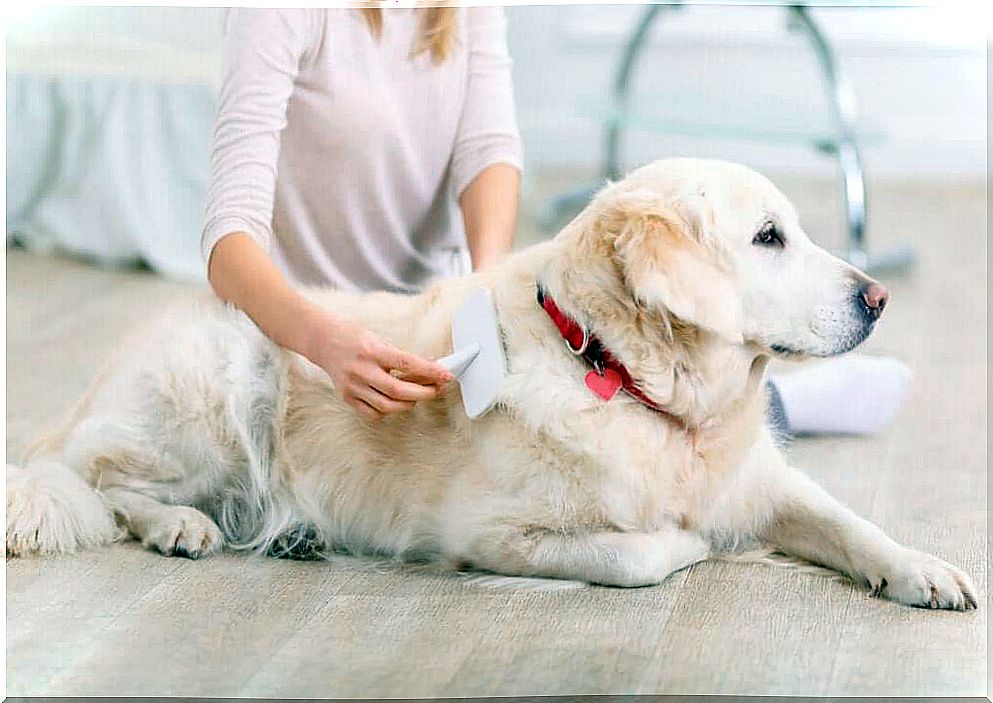
There are many advantages to having a dog in our lives, although at the time of hair change some inconveniences may arise, such as having to spend all day with a broom in hand. Hair changing in dogs can be quite maddening, especially for people who care a lot about cleanliness.
Today, let’s talk about this process so common and normal among all dogs: the exchange of fur. We’ll explain how long it lasts and give you some tips to speed it up – as much as possible.
Hair change in dogs
First of all, it is necessary to make it clear that exchanging hair in dogs is a completely natural and necessary process. The fur, in a way, is like a dog’s clothing. Just as we don’t wear the same clothes year-round, dogs don’t either. In this sense, we could say that the change of fur is the updating of the animals’ wardrobe.
It is with the changes of season, especially with the arrival of cold during the autumn and the arrival of heat in the spring months, that dogs carry out their fur change. Thus, they are able to adapt to the new temperatures that are yet to come, in the same way that we take the scarf or bathing suit from the wardrobe, depending on the time of year.
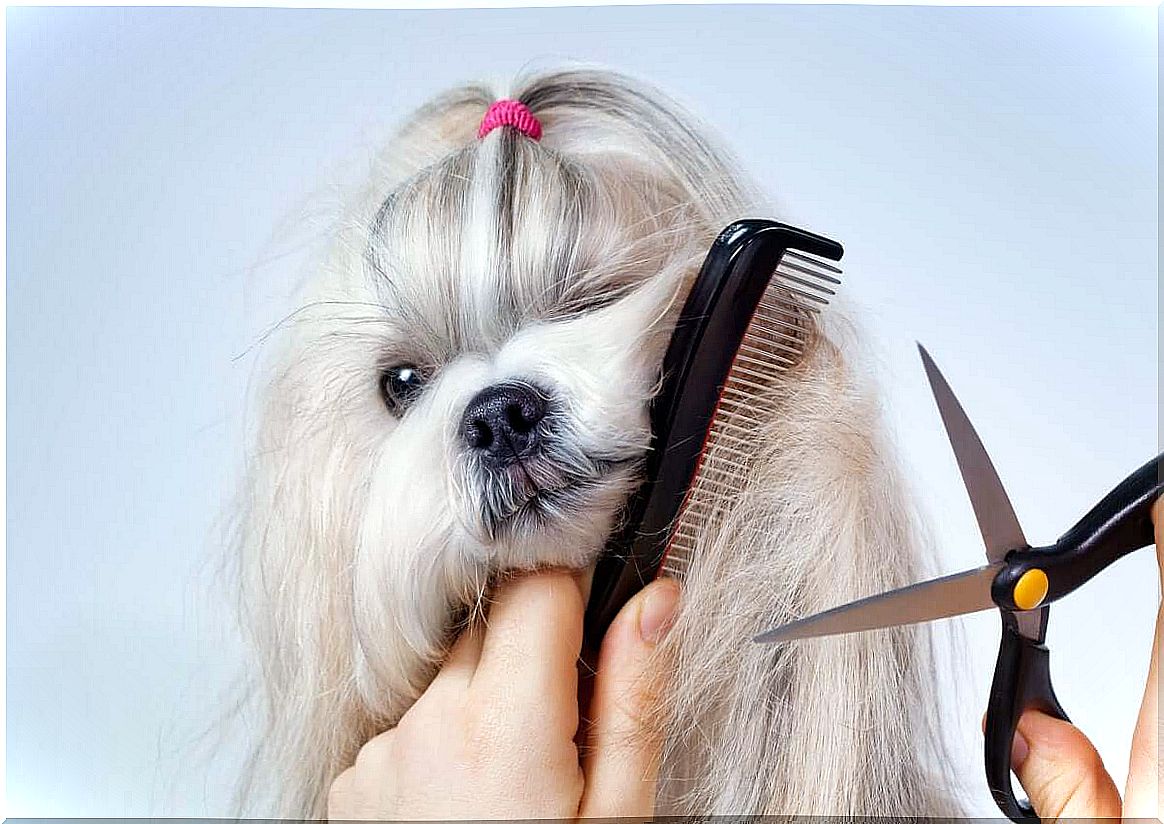
Fundamentals and time of exchange
As anticipated, the most important fur change occurs mainly in the spring and autumn months. However, since most dogs live in apartments and are not exposed to the elements, this process is variable.
It is necessary to understand that hair change responds to different stimuli and that temperature and daily light are the most important. Dogs that live indoors are usually only exposed to outside temperatures for a small part of the day. This situation causes your biological clock to get a little out of control.
So that we can understand, when autumn arrives, the dog’s biological thermometer detects the drop in temperatures and, therefore, the exchange of the fine summer hairs for the dense winter coat begins.
Despite this, the drop in temperatures is detected by the dog gradually during walks, as while the animal is indoors there is no noticeable change in the weather. This makes the exchange less efficient.
Duration of exchange
With the previous premise, we’re not saying that you should let dogs sleep outside during spring and fall to speed up the switching process. Although with life indoors the hair change takes a little longer, we are talking about a duration of two to five weeks, in general.
Furthermore, this time span will always be variable and will depend on many factors. Among the most common, we find the following:
- Breed type: There are breeds that are more prone to hair loss, while others make almost imperceptible changes.
- Climate: the exchange process will not last as long in a temperate climate near the sea as in an indoor environment with much more extreme temperatures.
- Feeding: good nutrition will always favor an adequate exchange of hair.
Tips to speed up or improve the exchange process
We have already said that this process is natural, there is no way to stop it and it must happen, inevitably. However, the following tips will help speed it up:
- Brushing the animal frequently helps to speed up this process and prevent hair from falling out all over the house.
- Give baths more often, as water is ideal for removing dead hair.
- The supplements omega 3 and omega 6 are very useful and help maintain the skin and the hair healthy and shiny, and accelerate the exchange process.
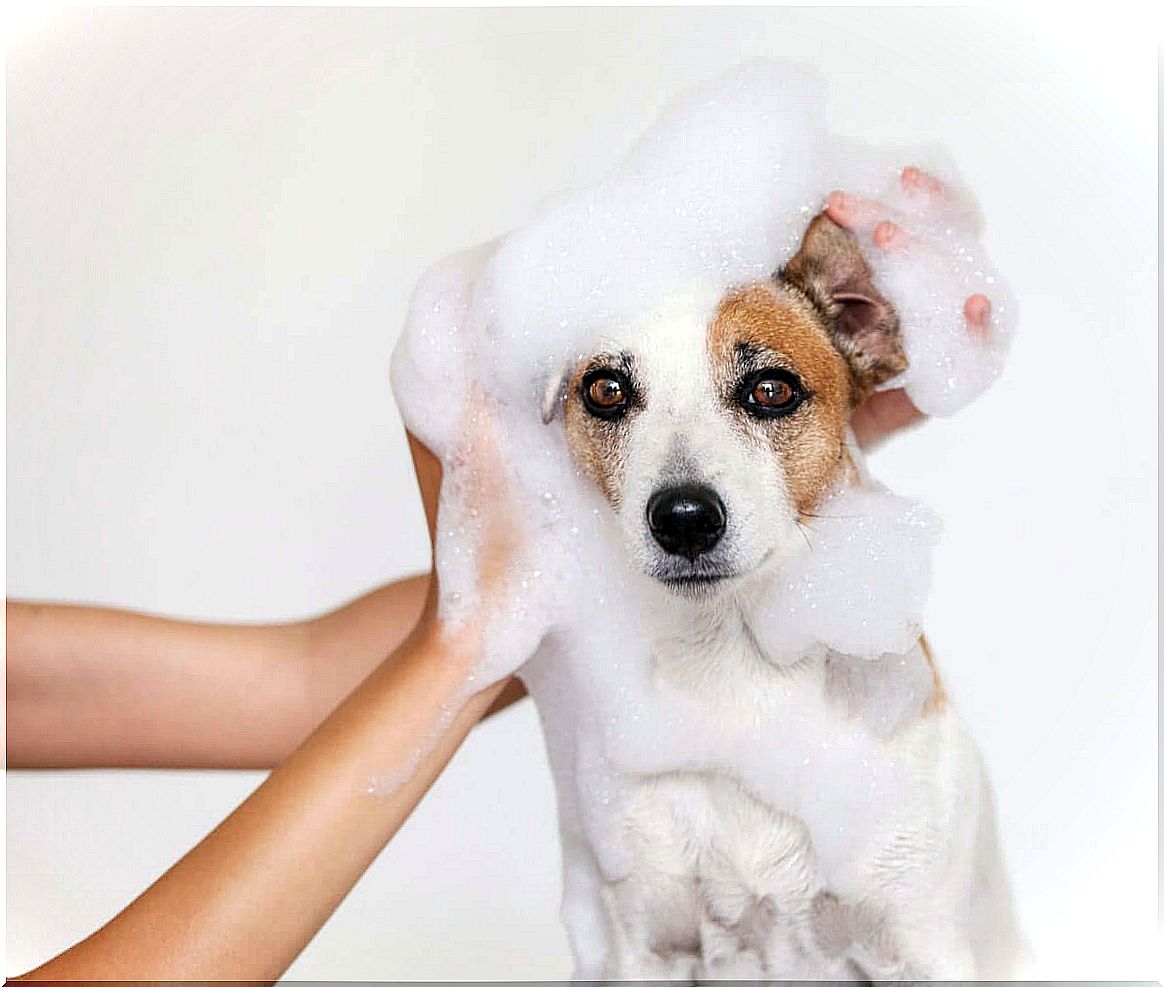
As you have read, fur changing and the shedding process is as natural to dogs as eating and therefore should not be considered a problem. The only possible solution for the tutor is to arm himself with patience, brooms and brushes.
